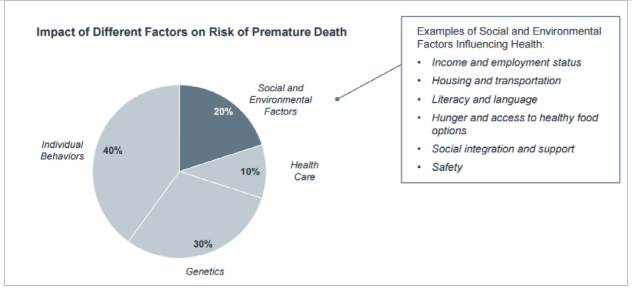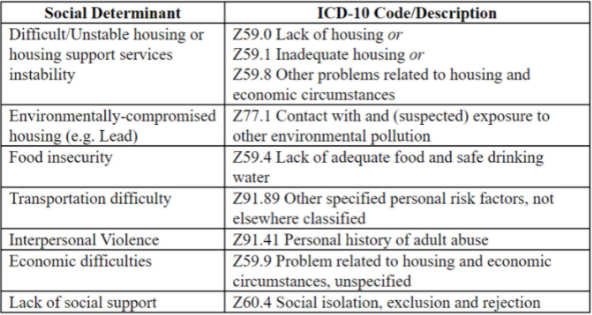About Us
What is Patient Engagement
Healthcare Organization partner with Precision and PVBMHealth to actively involve patients in their own health care. This includes sharing decision-making and using tools for reporting self-management to better care. Patient engagement is a key component of value-based healthcare, which focuses on improving the quality of care while reducing costs. Providers are incorporating technology to achieve unprecedented goals and patient participation and engagement is key to those goals.
Why do Health Providers choose Precision Patient Engagement? Precision patient engagement combines patient participation with interventions designed to promote positive patient behavior, such as obtaining patient reported information that achieves preventive care and problem specific follow-up.
Why does Precision patient engagement start with a simple easy to understand Health Risk Assessment and other patient problem specific assessments? The Precision assessments are easy to understand and help in understanding the patient’s baseline knowledge and what they already know about their conditions which allows the provider and patient to work together to create meaningful follow up to achieve goals and understanding related to any condition. When incorporating new tools like those available through Precision it's important to value the importance the Patient and how they report their own conditions. This ensures patients are set up for success.
A key part of patient engagement is patient involvement. Patient engagement is a measure of an individual’s understanding, competence, and willingness to participate in care decisions and processes. The ideal result of a patient engagement strategy or tools would be patient involvement and follow-up with the Provider. An engaged patient takes the actions necessary to improve and/or manage their health.
Engaged patients are more likely to engage in preventative behaviors such as regular health checkups, immunizations, mammograms, nutritious eating, and screenings. They are more likely to eat nutritious diets, exercise regularly, and avoid risky behaviors like smoking, using drugs, and drinking excessively. An engaged patient is more likely to identify a disease or diagnosis early, often resulting in avoidance of intense intervention or a grave prognosis, factors that are costly to the healthcare system and often, the patient and their family.
Featured Assessment


Social Determinants of Health
Risk scores and risk stratification techniques are foundational for any successful population health management program. What are some of the considerations for developing this data?
Population health management requires providers to maintain a delicate balance between taking a long view of generalized patient trends and focusing personal attention on the individual and the distinctive circumstances that will influence her journey towards better health.
Organizations can develop risk scores by examining large cohorts of patients with similar characteristics, extracting key clinical and lifestyle indicators from those cases, and using algorithms to chart how those factors influence ultimate outcomes.
They can then compare other patients exhibiting similar clinical patterns to the validated historical data, which may help predict what will happen in the future.
Getting as far ahead of negative outcomes as possible is the key to successfully transitioning to a value-based world.
PVBMHealth looks at two aspects of health. We consider both social determinants of health for non-medical needs as well as physical health risks. With PVBMHealth a health organization can present their members a tool that engages all members and then scores the individual to present overall health stratification. Each organization member is presented with an application that will guide them to answer specific questions in both medical and non-medical domains.
When we couple the Risk Stratification with SDOH overlay, our proprietary AI technology can then determine medical necessities for each individual patient with regard to assessments, diagnostics and ancillaries. This provides us with both a cost for caring for these populations, as well as a revenue target in the Medicare or fee for service sector. New paragraph
